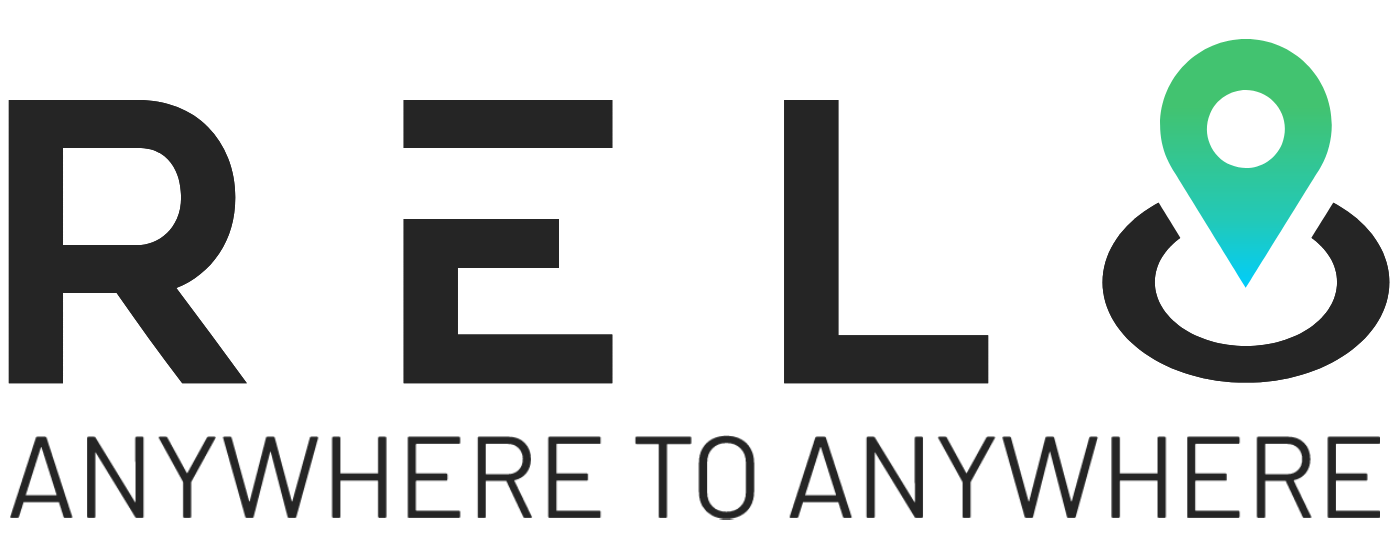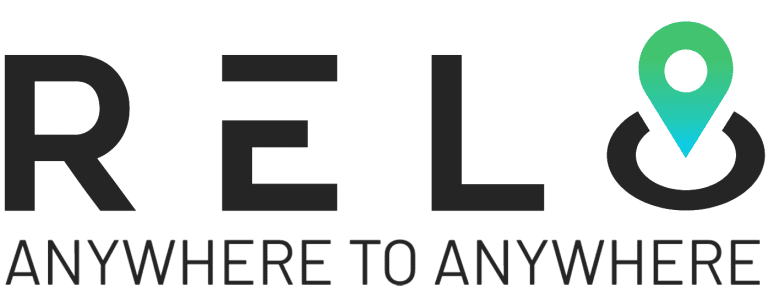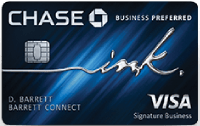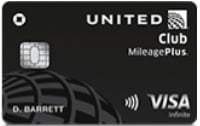For generations, traditional retirement meant a well-earned rest after decades of full-time work. Instead, Gen Z is pioneering a new approach to micro-retirement. But what is a micro-retirement? It’s a concept gaining traction among Gen Z, who opt to take multiple breaks throughout their careers rather than wait until their sixties to enjoy life. With over 72% of Gen Z valuing work-life balance over salary, career priorities are shifting.
Nearly 45% actively seek non-traditional career paths. That’s making micro-retirement a viable alternative to the conventional workforce model.
Know how micro-retirement works, who benefits from it, and the financial strategies that make this bold career shift possible.
What Is a Micro-Retirement? A Complete Explanation
Micro retirement is a career approach where people take multiple extended breaks. Instead of waiting for traditional retirement, they pause work to focus on personal growth. These planned pauses, lasting 6 months to 5 years, allow time for travel, passion projects, or personal development. This shift moves away from decades of continuous work before enjoying life. It encourages a more balanced and intentional career relocation approach.
This concept is gaining popularity among 76% of Gen Z workers, who prioritize flexibility, work-life balance, and financial independence. They adopt micro retirements by leveraging remote work, freelancing, and strategic savings without jeopardizing long-term career success. With companies adopting non-traditional career paths, micro-retirement is becoming a viable option for many.
As workplace norms evolve, more professionals choose intentional breaks to create a fulfilling and flexible life.

? Related – Your Early Retirement Checklist for Key Steps to Achieving Financial Independence
How Micro-Retirement Differs From Traditional Retirement
Traditional retirement revolves around saving money over a lifetime to quit work at an older age. Micro-retirement, however, flips this script. It involves taking several planned breaks throughout a career. They allow individuals to experience retirement benefits while still in their 20s, 30s, and 40s. Unlike extended vacations, micro-retirements often last months or years, depending on financial planning and personal goals.
Some people use this time to travel, others dedicate themselves to volunteer work, and some focus on learning new skills or building businesses. The biggest contrast? Those who adopt micro-retirement typically return to work, sometimes in a new industry or with a different career-fulfilment perspective.
This flexibility makes it appealing to younger generations, who prioritize experiences over lifelong job loyalty.
Financial Reality of Micro-Retirement
Taking multiple career breaks sounds unrealistic for many, but financial strategies make it achievable. Instead of waiting decades to enjoy financial freedom, proponents of micro-retirement prioritize high savings rates, strategic investments, and alternative income sources.
One popular approach is the FIRE movement (Financial Independence, Retire Early), which emphasizes aggressive saving and investing to allow for earlier and more frequent career breaks. Many who adopt micro-retirement live frugally, automate savings, and create passive income streams through rental properties, stock market investments, or online businesses.
More than 60% of Gen Z are already investing, with a significant portion focusing on long-term wealth building. This financial mindset enables them to break away from traditional work structures while maintaining financial security.

Remote Work and the Gig Economy
The digital revolution has made micro-retirement more attainable than ever. As a result, remote jobs, freelancing, and online entrepreneurship now provide opportunities to earn money flexibly. Consequently, individuals can step away from full-time employment while still generating income.
Platforms like Upwork, Fiverr, and Toptal make it easier for professionals to work on their terms, taking on projects when needed and stepping away when priorities shift. Further, passive income sources like blogging, digital products, and YouTube monetization allow micro-retirees to earn money without actively working every day.
These income models are second nature for Gen Z, who grew up in the digital era. By leveraging their tech skills and entrepreneurial spirit, they build careers aligning with their desire for frequent career breaks.

?♀️ Also read – The 35 Best Sites for Find Remote Work Jobs Online in 2025
The Psychological Benefits of Micro-Retirement
Burnout is a growing concern in the workforce, with over 70% of employees reporting symptoms of chronic stress. Micro-retirement offers a solution by allowing individuals to reset and recharge before exhaustion affects mental and physical health. Research shows that extended breaks can increase creativity, productivity, and job satisfaction.
Many who return from micro-retirement find themselves more motivated and engaged, often bringing fresh perspectives to their work. Furthermore, stepping away from the workforce for personal growth can lead to stronger relationships. Further, it improves emotional well-being and provides a clearer sense of purpose.
Rather than being trapped in the grind, micro-retirees actively design lives that prioritize happiness and fulfilment.
How Long Should a Micro-Retirement Last?
A micro-retirement does not follow a one-size-fits-all concept. For instance, some people take six-month breaks, while others step away from work for up to five years. Ultimately, the duration depends on financial readiness, career plans, and personal goals. Those who prioritize slow travel, creative projects, or education tend to extend their micro-retirement, whereas others prefer shorter, more frequent breaks.
Some individuals plan their breaks around significant life events, such as starting a family, relocating, or pursuing higher education. Others take time off to focus on mental well-being, step away from burnout, or reassess their long-term career trajectory.
A well-planned micro-retirement allows individuals to return to work with renewed purpose and motivation.
How Employers Are Adapting to the Micro-Retirement Trend
Forward-thinking companies recognize that rigid work structures are outdated. Employers offer sabbaticals, flexible schedules, and work-from-anywhere policies to retain talent. This shift makes micro-retirement more accessible for those who want to step away without completely cutting ties with their profession. Businesses that accommodate micro-retirement see higher employee satisfaction and retention rates.
Companies that allow workers to return after extended breaks benefit from experienced professionals and gain fresh perspectives and renewed energy. As a result, workforce expectations are evolving, and organizations prioritizing flexibility will increasingly attract relocating talent who value autonomy and balance.
Simple Steps to Plan a Successful Micro-Retirement
Planning a micro-retirement requires careful preparation to ensure financial stability and a smooth transition. Taking intentional career breaks can be rewarding, but having a structured plan helps maximize the experience while minimizing risks.
Key steps include –
1. Define Your Goals and Timeline
Start by identifying why you want a micro-retirement and how long you plan to take off. Having a clear purpose for personal growth or a career shift ensures you make the most of your break. Clarifying your objectives helps you structure a plan that aligns with your personal and financial aspirations.
2. Assess Your Financial Readiness
Calculate how much money you need to cover expenses during your time off. Build an emergency fund, cut unnecessary spending, and explore passive income sources to sustain your lifestyle without financial stress. A realistic budget prevents unexpected financial strain and allows you to enjoy your break confidently.
3. Create a Sustainable Income Plan
Explore ways to maintain cash flow during your break. Consider freelancing, remote work, rental income, or digital businesses that generate revenue without requiring full-time commitment. Having an income stream in place reduces the need to deplete your savings and extends the duration of your micro-retirement.
4. Communicate With Employers or Clients
If you plan to return to your job, discuss sabbatical options or flexible leave policies with your employer. Freelancers and entrepreneurs should notify clients and automate workflows to maintain business continuity. A well-communicated plan helps ensure smooth transitions and keeps professional relationships intact.
5. Choose Your Location and Lifestyle
Decide where and how you want to spend your micro-retirement. Opting for a low-cost destination can stretch your savings, while digital nomad-friendly countries offer visas that support extended stays. Selecting the right location improves your experience by aligning with your budget, interests, and lifestyle goals.
6. Set a Re-Entry Strategy
Prepare for life after your micro-retirement by keeping skills updated, maintaining professional networks, and planning your next career move. A clear transition plan ensures a smooth return to work when ready. Staying connected and proactive about future opportunities makes reintegration into the workforce more manageable and rewarding.
Following these steps, you can design a micro-retirement that aligns with your financial stability. This approach also ensures that your goals and long-term career success remain on track.
The Challenges of Micro-Retirement
While micro-retirement offers numerous advantages, it’s not without its challenges. The biggest hurdle is financial planning, which ensures enough savings to sustain multiple career breaks and requires discipline and foresight. Health insurance can also be a concern, as stepping away from traditional employment may mean losing employer-provided benefits.
Many micro-retirees solve this by purchasing private health insurance or relocating to countries with affordable healthcare. It is also essential to learn reasons to buy travel insurance, especially for those spending extended time abroad, as it provides financial protection against medical emergencies and trip disruptions. Another challenge is maintaining career momentum.
Some industries value continuous work experience, making it harder for those who take extended breaks to re-enter the job market. However, the growing acceptance of non-traditional career paths and the rise of skills-based hiring make micro-retirement more feasible.
Recommended read – Benefits of Travel Insurance for International Trip: Travel Worry-Free
The Future of Work and Micro-Retirement
As workplace norms evolve, micro-retirement is becoming a more mainstream concept. Companies are already adapting by offering sabbatical programs, remote work options, and flexible job structures to accommodate the demand for work-life balance. Countries also recognize this shift.
Destinations like Portugal, Thailand, and Costa Rica attract digital nomads and long-term travelers through special visa programs. These include the Portugal Digital Nomad Visa, Thailand Long-Term Resident (LTR) Visa, and Costa Rica Digital Nomad Visa. Also, you can read about countries that offer digital nomad visas.
These changes indicate a growing acceptance of unconventional career paths, making micro-retirement a sustainable option for future generations.
Gen Z no longer waits for old age to experience freedom. Adopting micro retirement redefines success. It depends not on how long you work but on how intentionally you live.
Frequently Asked Questions (FAQ) About Micro-Retirement
1. Can you take multiple micro-retirements throughout your life?
Absolutely! Micro-retirement is taking intentional career breaks at different life stages rather than working continuously until old age. Some take a break every five years, while others structure their careers to allow frequent extended pauses.
2. What industries are most suited for micro-retirement?
Industries like tech, digital marketing, writing, consulting, design, and online education offer remote and freelance opportunities, making micro-retirement easier with flexible work and passive income options.
3. Can you combine micro-retirement with slow travel?
Yes! Micro-retirees choose long-term travel to affordable destinations like Southeast Asia, Latin America, or Eastern Europe. With lower living costs, they can stretch their savings while exploring new cultures.
4. What is the biggest misconception about micro-retirement?
Many assume it’s only for the wealthy but about thoughtful financial planning and prioritizing experiences over material possessions. Many who take micro-retirements live frugally and build alternative income streams to support their lifestyle.
5. Can micro-retirement help with mental health?
Yes, micro-retirement can significantly improve mental health. In fact, many take career breaks to recover from burnout, anxiety, or workplace stress. Moreover, extended time off allows for self-care, therapy, mindfulness practices, and lifestyle adjustments, ultimately leading to long-term well-being.
6. What happens if you run out of money during a micro-retirement?
An emergency fund is crucial if funds run low during a micro-retirement. However, many resume short-term remote work, relocate to lower-cost areas or use savings and investments to stay financially stable.
Final Breakdown
Micro retirement redefines career paths, allowing Gen Z to take intentional breaks for personal growth, travel, and creativity. Instead of waiting for traditional retirement, they are designing lives with flexibility and fulfilment at every stage. With remote work, freelancing, and strategic financial planning, micro retirement is more accessible than ever. Challenges remain, but better work-life balance and less burnout are changing careers.
Renewed motivation is reshaping the future of work.
Stress-Free Micro-Retirement Starts Here
Taking a break from work to travel, explore passions, or recharge sounds exciting, but planning it can feel overwhelming. There’s much to consider, from financial preparation to finding remote work opportunities.
Relo.AI simplifies every step, helping you design a stress-free micro retirement that fits your goals. You’re all set if you want to relocate, work remotely, or take a well-deserved break.
We also help with traditional retirement and relocation for those who need it.
Fix a meeting with us, and make your micro-retirement a reality!











